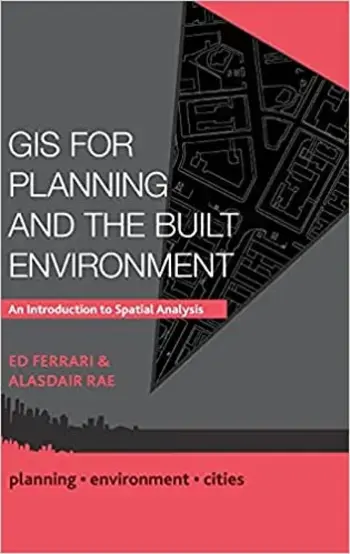GIS for Planning and the Built Environment: An Introduction to Spatial Analysis (Planning, Environment, Cities, 18)
This engaging and practical guide is a much-needed new textbook that illustrates the power of geographic information systems (GIS) and spatial analysis. Today's planner has a wealth of data available to them, much of which is increasingly linked to a specific location. From football clubs to Twitter conversations, government spending to the spread of diseases – data can be mapped. Once mapped, the data begins to tell stories, patterns are revealed, and effective planning decisions can be made. When used effectively, GIS allows students, planners, residents and policymakers to solve wicked problems in the environment, society and the economy.

English | 175 pages | Springer; 1st ed. 2019 edition (May 27, 2019) | 1137307153 | EPUB | 10.7 Mb
Download
http://s9.alxa.net/one/2024/10/GIS.for.Planning.rar
This engaging and practical guide is a much-needed new textbook that illustrates the power of geographic information systems (GIS) and spatial analysis. Today's planner has a wealth of data available to them, much of which is increasingly linked to a specific location. From football clubs to Twitter conversations, government spending to the spread of diseases – data can be mapped. Once mapped, the data begins to tell stories, patterns are revealed, and effective planning decisions can be made. When used effectively, GIS allows students, planners, residents and policymakers to solve wicked problems in the environment, society and the economy.

English | 175 pages | Springer; 1st ed. 2019 edition (May 27, 2019) | 1137307153 | EPUB | 10.7 Mb
Download
http://s9.alxa.net/one/2024/10/GIS.for.Planning.rar